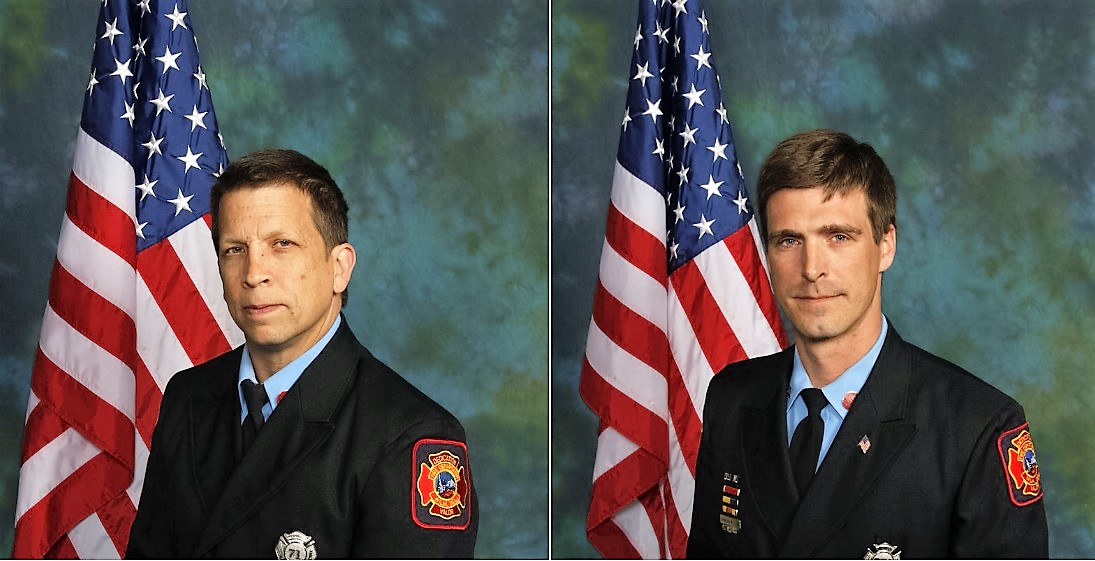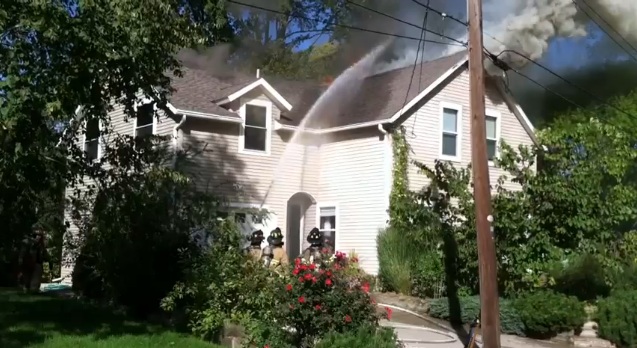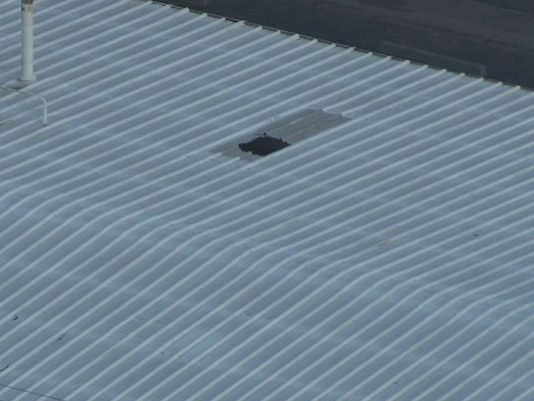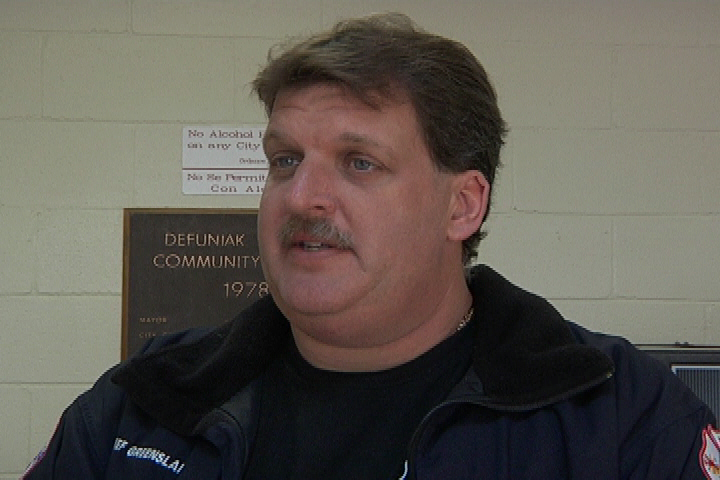30-years-ago today, twin disasters in DC. Air Florida Flight 90 crashes into the Potomac River followed by the first fatal Metro train accident. DCFD radio traffic, lessons learned & more.
Click here to follow STATter911.com on Facebook (hit "like")
DCFD radio traffic from Air Florida Flight 90 and Metrorail crashes- Part 1, Part 2, Part 3, Part 4
Cockpit voice recorder audio from Air Florida Flight 90
Seconds From Disaster
Washington Post coverage of the anniversary
More on media coverage of the events from DCRTV's Dave Hughes
January 13, 1982 Pre-Internet Citizen Journalism
At 4:01 PM on January 13, 1982 Air Florida Flight 90 crashed into the icy Potomac River during a Washington snow storm. Seventy-eight people, including four who were in their vehicles on the inbound 14th Street Bridge, died in the accident. Within a half-hour of the crash into the Potomac, the area’s subway system, Metro, suffered its first fatal accident. It happened just north of the 14th street bridge in a tunnel south of the Federal Triangle station. Three people were killed and 25 were injured.
 The video above is a compilation of coverage from Channel 9 in Washington. In it you will see some of the video shot by my friend Bruce Bookholtz who was on the 14th Street Bridge as five survivors were plucked from the icy Potomac by the US Park Police Eagle helicopter crew of Donald Usher and Gene Windsor. Bookholtz and reporter John Goldsmith were at nearby National Airport just prior to the crash and captured a shot of Flight 90 before take off as part of their coverage of the snow storm.
The video above is a compilation of coverage from Channel 9 in Washington. In it you will see some of the video shot by my friend Bruce Bookholtz who was on the 14th Street Bridge as five survivors were plucked from the icy Potomac by the US Park Police Eagle helicopter crew of Donald Usher and Gene Windsor. Bookholtz and reporter John Goldsmith were at nearby National Airport just prior to the crash and captured a shot of Flight 90 before take off as part of their coverage of the snow storm.
The failure of the plane to be properly deiced, along with a cockpit crew inexperienced in winter weather operations contributed to the accident, according to the NTSB. The most significant factor leading directly to the crash was the failure of the crew to use the engine anti-ice system during ground operation and takeoff. This allowed the engine pressure ratio (EPR) thrust indicators to provide false high readings. Because of it, the crew did not provide enough power to keep the Boeing 737-200 airborne and it came down just 30 seconds after leaving the National Airport runway.
The interaction of the crew and the failure of the pilot to heed warnings of the co-pilot have long been cited in the area of crew resource management for pilots and in other disciplines, including the fire service.
The Air Florida and Metro crashes were important to the fire service, particularly in the Washington, DC area, for another reason. There was little cooperation or coordination that day across jurisdictional lines. On the scene, working somewhat independently were DCFD, the Arlington County Fire Department, the National Airport Fire Department along with other resources. There was not a strong regional plan on how such disasters were to be handled, which brought much criticism.
Among the loudest critics was Channel 9 Editorial Director Rich Adams. Rich, who died in 1996, was also a columnist for Firehouse Magazine and member of the Bethesda-Chevy Chase Rescue Squad. Rich did many on-air editorials prodding local fire service leaders to come up with better regional planning in the days and months that followed the twin disasters. Since the mid 1970s the Northern Virginia fire departments were working daily with an automatic aid policy. But that stopped at the Virginia state line. I urge you to listen to some of Rich's editorials related to the Air Florida and Metro incidents (above). Rich was an important voice in fire and EMS in the Nation's Capital and around the country.
Because of Rich and some progressive fire service leaders, the lessons learned from January 13, 1982, allowed for a much better response almost two decades later when the largest and longest DC area fire and EMS operation took place just south of the 14th Street Bridge. That, of course, was at the Pentagon on September 11, 2001.
Another friend, Chester Panzer, then a videographer at Channel 7 and now at Channel 4, got the award-winning close-up video of the rescues. His account is above.
Some other notes from January 13, 1982
One story that wasn’t publicly known until I reported it on the 20th anniversary in 2002, is that the actions of another US Park Police pilot possibly saved the day. In 1982, US Park Police did not supply a snow plow for the hanger in Anacostia Park. Pilot Ron Galey took the call about the crash. As Usher and Windsor got the chopper ready. Galey jumped into his own snow plow equipped pickup truck and cleared a path for the helicopter’s take off. Without that effort, the helicopter may have arrived too late for the rescues.
Just short of 20-years later, Galey also took the call from National Airport’s tower for the notification that a jet had slammed into the Pentagon on September 11, 2001.
There were a number of heroes that day. This includes Arland Williams, believed to be the sixth passenger who survived the initial impact. The other survivors say Williams repeatedly passed the life ring from the helicopter to his fellow survivors. Williams drowned by the time the helicopter came back for him. The inbound 14th Street span is now named for Arland Williams.
The other story from that day that has always touched me is of Roger Olian. Olian was then a sheet metal worker on his way home from his job at St. Elizabeth’s Hospital. Olian saw the survivors flailing in the frigid waters before any rescuers arrived. Feeling he had to do something, Olian jumped in and swam toward the middle of the river. While he didn’t save anyone, the survivors all cited Olian’s act as giving them hope they soon would be rescued.
Olian’s actions were somewhat overshadowed by Lenny Skutnik who also jumped into the river. Skutnik grabbed survivor Priscilla Tirado who had been brought close to the shore by the helicopter, but couldn’t make it in on her own. Skutnik was recognized later that month during President Ronald Reagan’s State of the Union address. It began the tradition of honoring heroes during the event.
Click here for a detailed article on the day's heroes.
January 13, 1982 was more than three years before I started my television career. In fact, I was unemployed, having been fired as a traffic reporter for KIX-106 because I was concerned about a safety issue with the airplane we were using. But that day turned out to be my first day on the job at WTOP Radio where my wife Hillary Howard now works. If you care, that story of my live audition and hiring is in this month's Washingtonian Magazine, in an article by Cindy Rich titled Pre-Internet Citizen Journalism. You can click here to read it.








